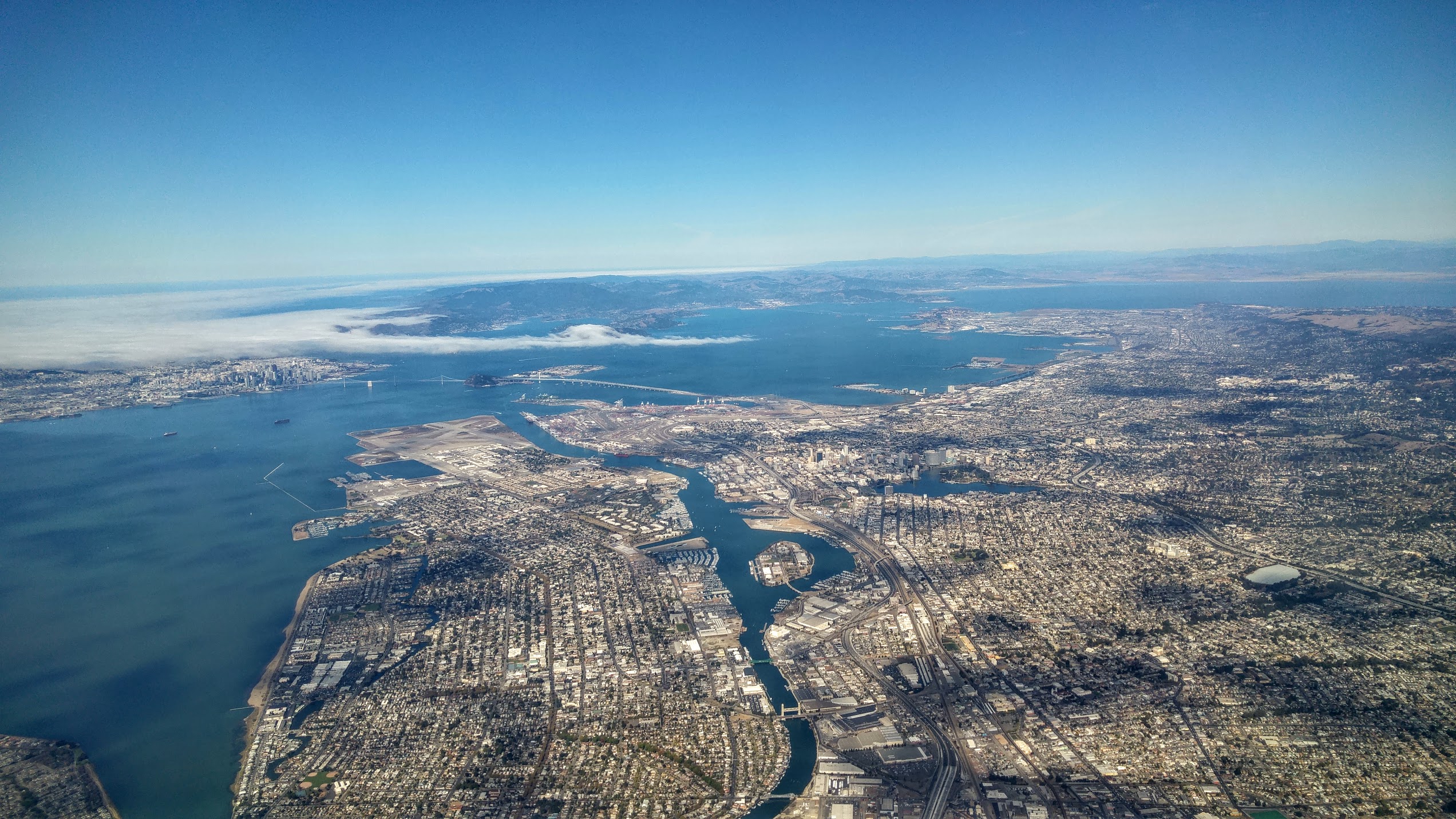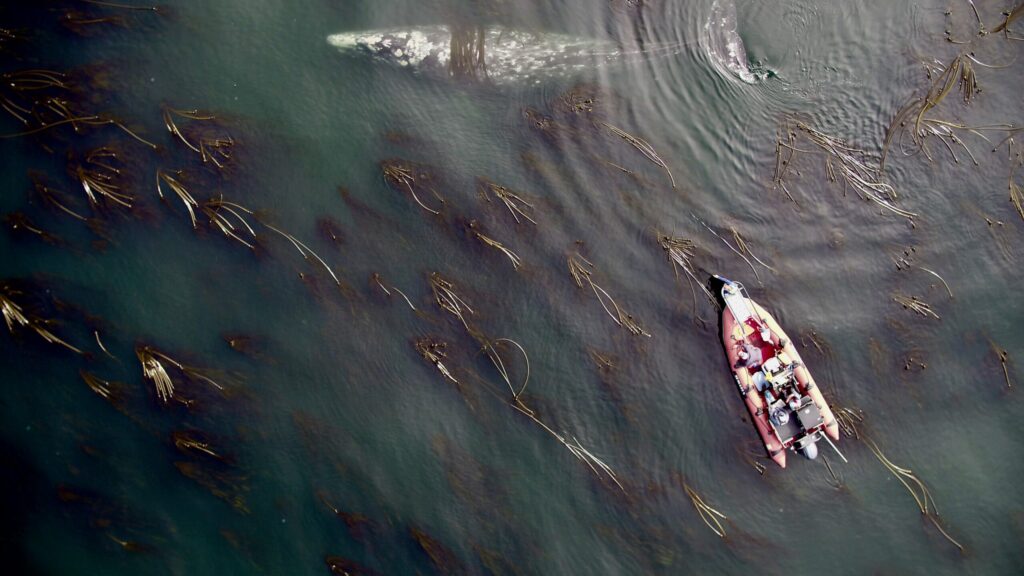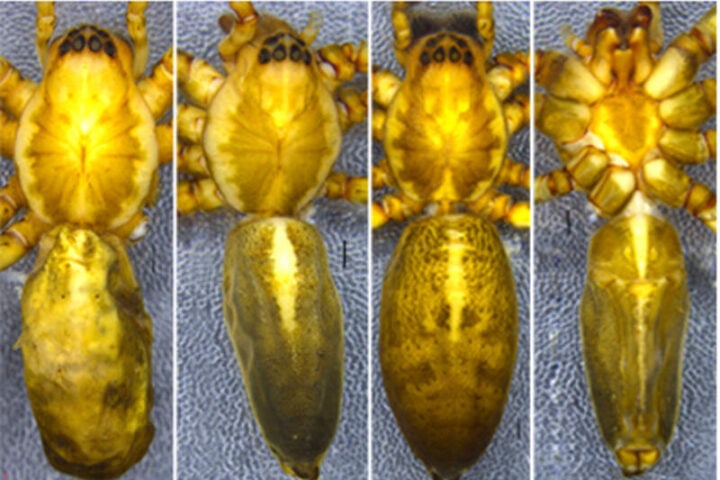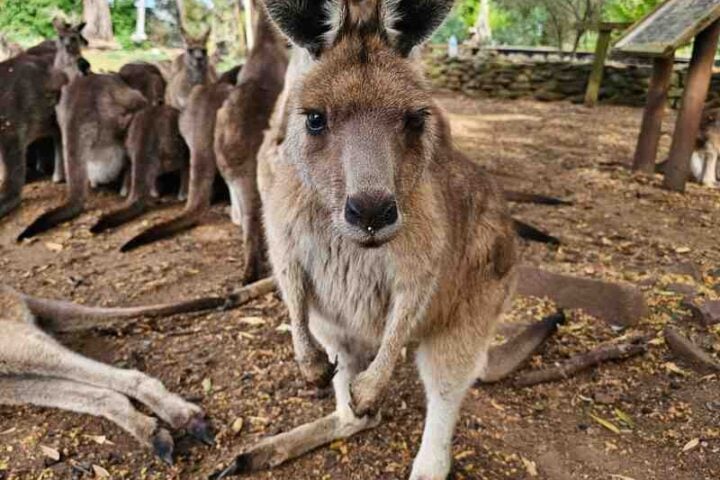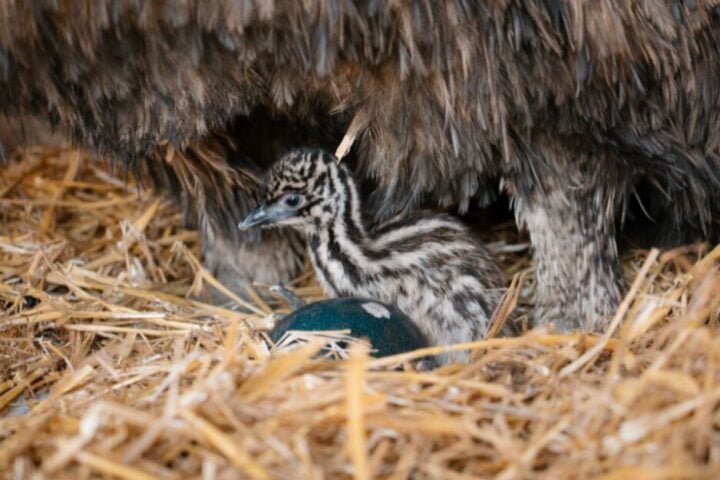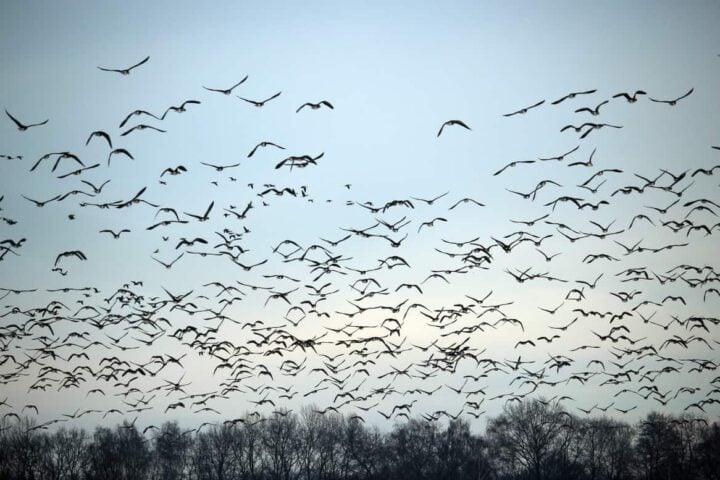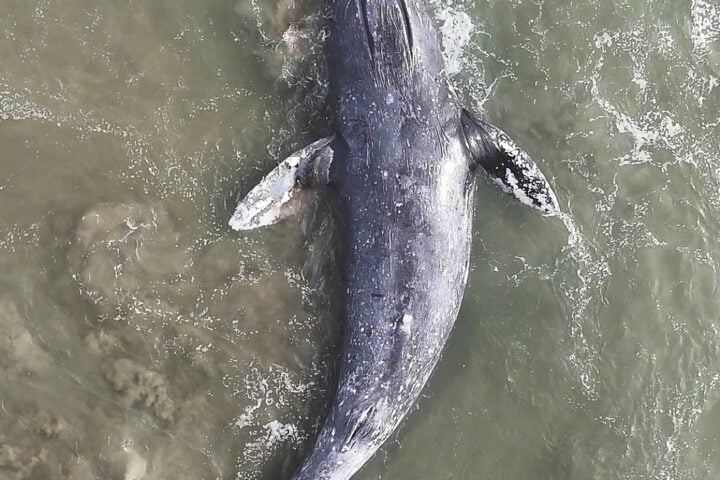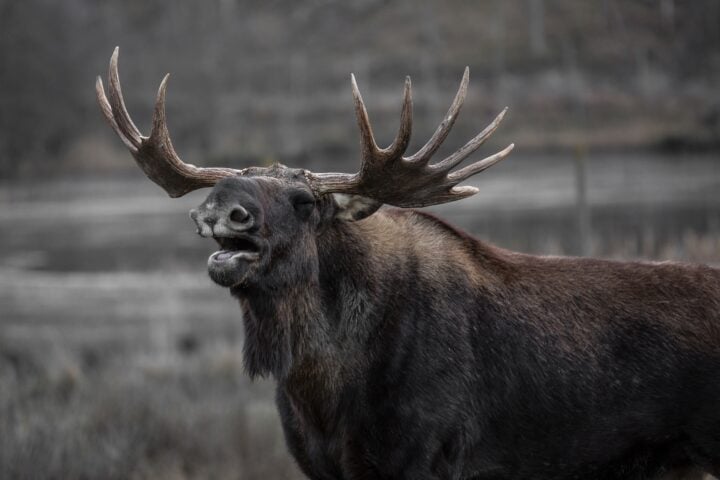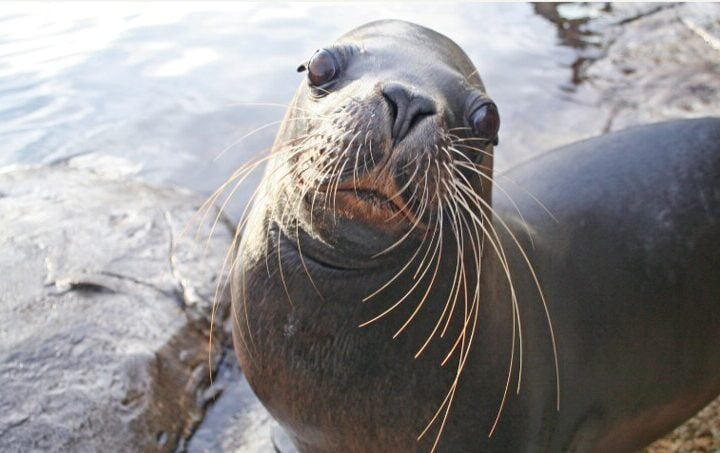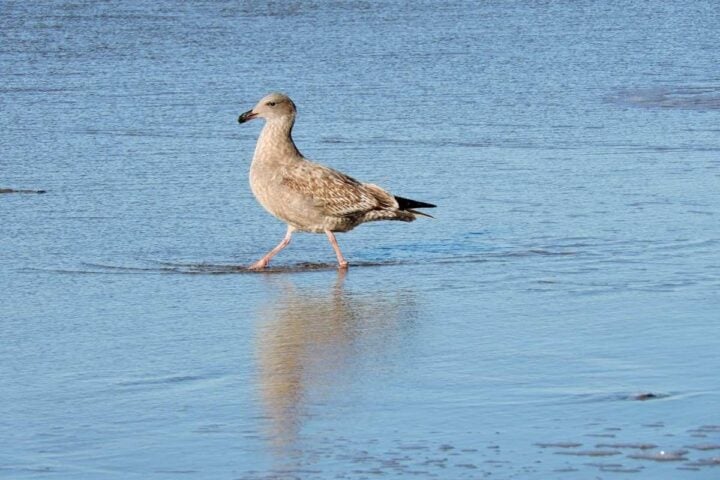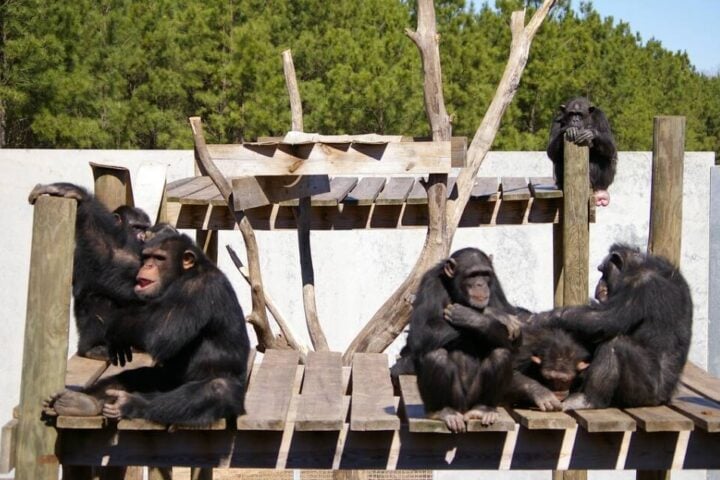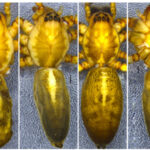According to a first-of-its-kind study published on June 11, 2024, in the Proceedings of the National Academy of Science, redlining, a discriminatory lending practice originating in the 1930s, has significantly altered wildlife distribution in four of California’s largest cities. Researchers from the University of California, Berkeley, and the Lincoln Park Zoo Wildlife Institute discovered that historically redlined neighborhoods in Los Angeles, San Diego, San Francisco, and Oakland have lower levels of native and non-native wildlife biodiversity compared to greenlined neighborhoods.
Using data from the iNaturalist citizen science platform, the researchers uncovered large differences in the types of mammals, birds, insects, and other species found in green and redlined neighborhoods. Lead author Cesar O. Estien, a graduate student in the lab of Environmental Science, Policy, and Management (ESPM) Professor Christopher Schell, explained, “There are stark differences in habitat complexity between greenlined and redlined neighborhoods across the state.”
Similar Post
A growing body of research shows how this racist legacy continues to shape cities, creating neighborhoods that are hotter, more polluted, and have fewer trees and different types of human activity. Max Lambert, a postdoctoral researcher at UC Berkeley, noted that he has spent the past couple of years working on human-created stormwater ponds in cities that are meant to control flooding, deal with pollutants, and create habitats, observing that these types of ponds typically aren’t as common.
While recent studies have uncovered the influence of redlining on urban bird diversity in Los Angeles and biodiversity data, Estien and his coauthors, including Schell, Professor Rachel Morello-Frosch, postdoctoral researcher Christine Wilkinson (PhD ’22 ESPM), and Urban Wildlife Institute ecologist Mason Fidino, sought to understand the long-term ecological consequences of redlining on various kinds of wildlife. Didi, another researcher, explained, “Diverse urban wildlife populations play a huge role in the overall health of our cities’ ecosystems.” According to Estien, whether it’s restoring green space in redlined neighborhoods or preventing the displacement of wildlife in more biodiversity-rich areas, there is a lot that cities can do to ensure that both humans and wildlife have access to better environments.
In short, historical redlining linked to lower urban wildlife biodiversity in California is proven by a study published in the Proceedings of the National Academy of Science.
